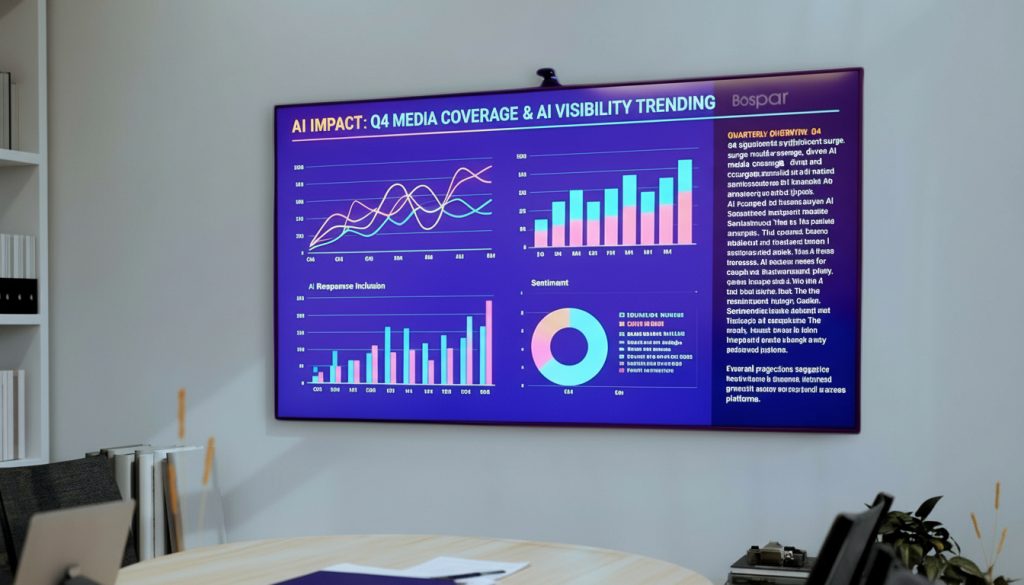PR firms and other professional marketers always want and need good publicity. This is largely driven by new business and recruiting demands. We show thought leadership and gain awareness through awards, bylined articles and op-ed pieces, and social media.
Bospar is the “politely pushy” agency, and our ethos is to never give up when it comes to placing stories for clients. Unfortunately, many agencies don’t make the grade, which leads to lessons for us all.
That larger lesson is that marketing and PR firms must pitch a broader spectrum of media. The tendency is to concentrate largely on industry outlets, and this very fine-grained focus means that as an industry, we continue to hit up the same outlets time after time and achieve little in the way of positive media results.
Effective Tactic: Newsjacking
Among the most effective tactics is newsjacking. This practice is highly effective because it injects your company into the news cycle. It is also a powerful way to position a brand as a thought leader.
Newsjacking is built on purposeful monitoring of themes and important issues that are “live” in the media. The goal here is to be plugged into breaking news and to develop an understanding of topics that are in the news cycle. The publicity and recognition come from your perspective and reported commentary on those issues, positioning your agency/company in the larger public dialog and as an expert resource. Newsjacking efforts rely on making sure that you’re in the right place at the right time, as well as making sure that you’re ready with an original perspective.
An example of a newsjacking effort might be when a large, public-facing organization has made mistakes as part of a communications initiative. But whatever it may be, PR and marketing pros can step in and offer a corporate executive who can share their expertise and use it to increase coverage. The media always values opinions that help create more balanced published content.
Know Your Targets
Getting started with non-traditional media requires development of a media database and engaging in relationship-building with key journalists. Get ahead of big stories by following the news beat(s) of your targets. Proactively monitor what individual reporters and outlets are publishing, and then offer commentary or input on their work. Being well-informed (and timely) will show editors that you’re engaged and plugged-in to what they’re doing. Editors and reporters have a memory for this sort of scholarship, and they’ll remember you when you reach out.
What’s more, an egalitarian approach around your target media also helps. Sure, everyone wants to be in the WaPo, the Times and the Journal, but articles in smaller outlets and trade media can be highly effective. The key is to target all relevant media, from podcasts to highly targeted broadcast. All of these media channels can have surprising reach and may help you build a following, both in the public and with specific editorial targets.
Op-eds: Keys to Thought Leadership
Op-eds and bylines are a best practice for media relations, and placing a byline puts you in the middle of a given public discussion as a thought leader. They are most compelling when the author is showcasing expertise and passion for the subject at hand.
Contributed content also helps lighten the load for journalists by providing their publications with content that is relevant to their readership. And op-eds also serve to bring focus on a specific issue or message. In the context of an agency, PR professionals can highlight an industry that we might specialize in advocating for, such as fintech, AI or enterprise software. What’s more, op-eds can stimulate interest in new ideas.
Development of a diverse media relations program puts your company thought leadership on display for clients and employees alike and can be a truly winning strategy for new business development and recruitment.




